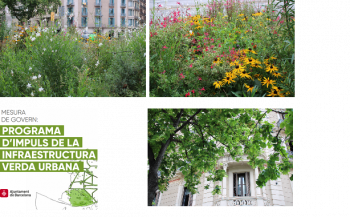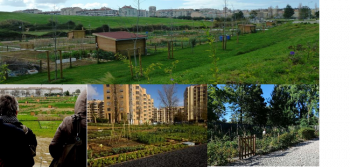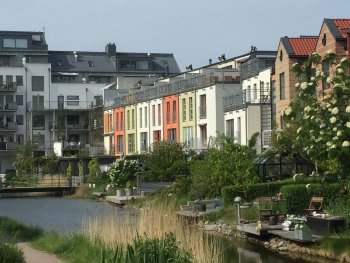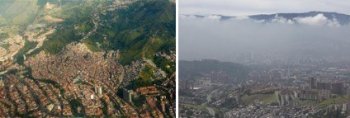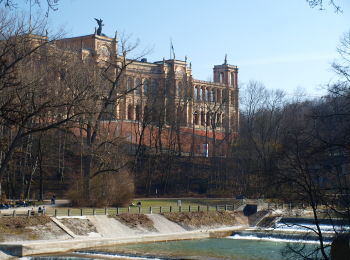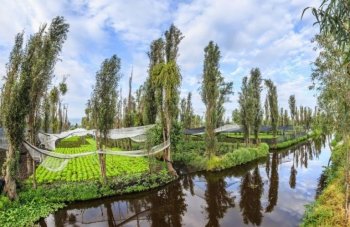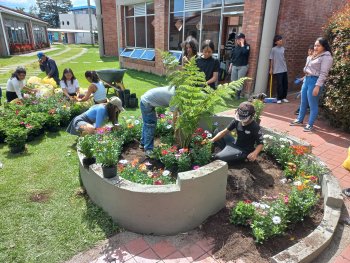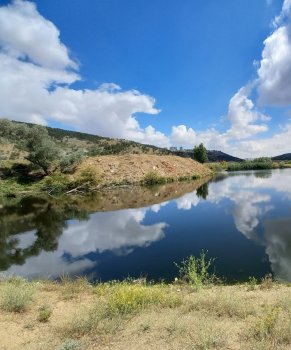Urban gardens in Barcelona: multifunctional green to enhance Nature-Based Thinking in cities
The Programme for Enhancing the Urban Green Infrastructure is an ambitious government measure approved in 2017. It establishes the main strategies for enhancing the quality and quantity of green infrastructure in Barcelona till 2030. Barcelona wants to renature the city and create, in this period, 165 ha of new green spaces, which increases the green spaces/inhabitant ratio by 1m2. As Barcelona is a compact city, there are various strategies to improve, transform or create new green spaces. The actions will take place at various urban scales (street, district or city scale) and...

